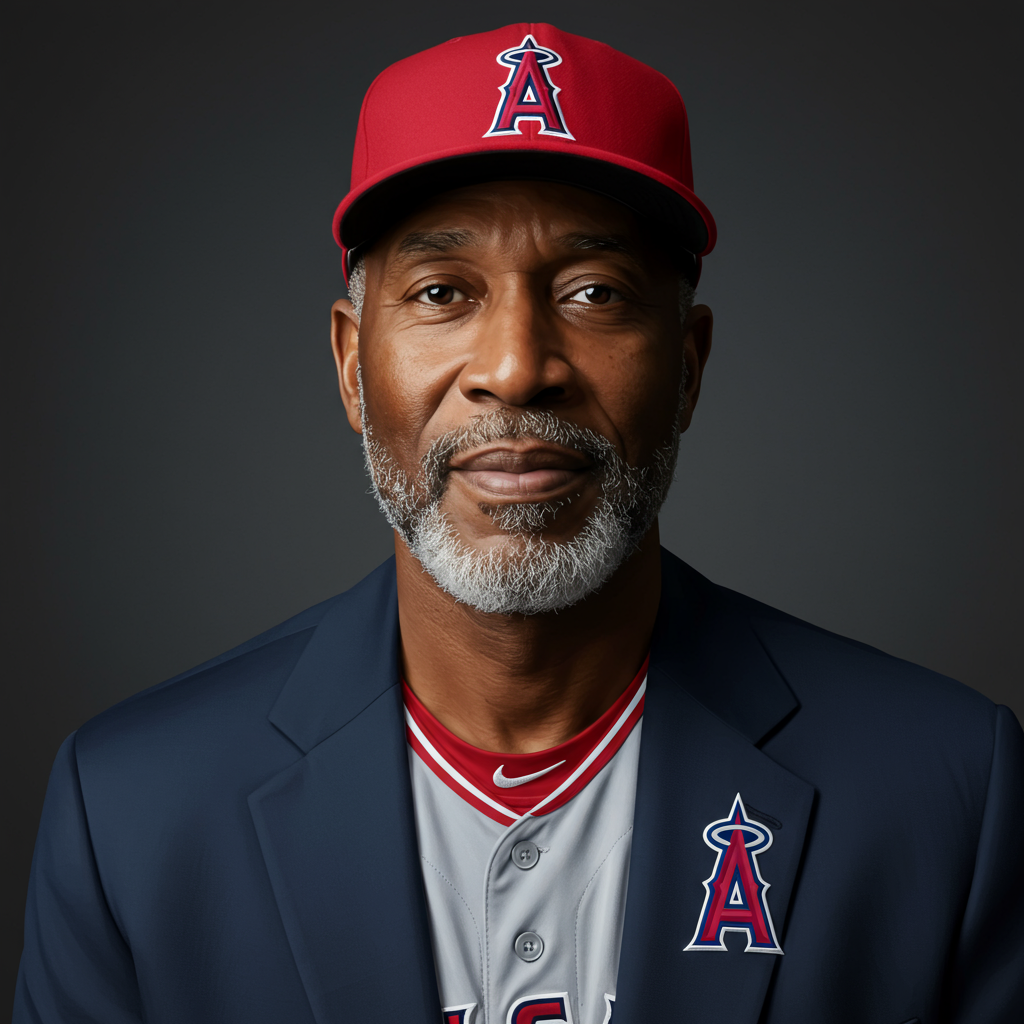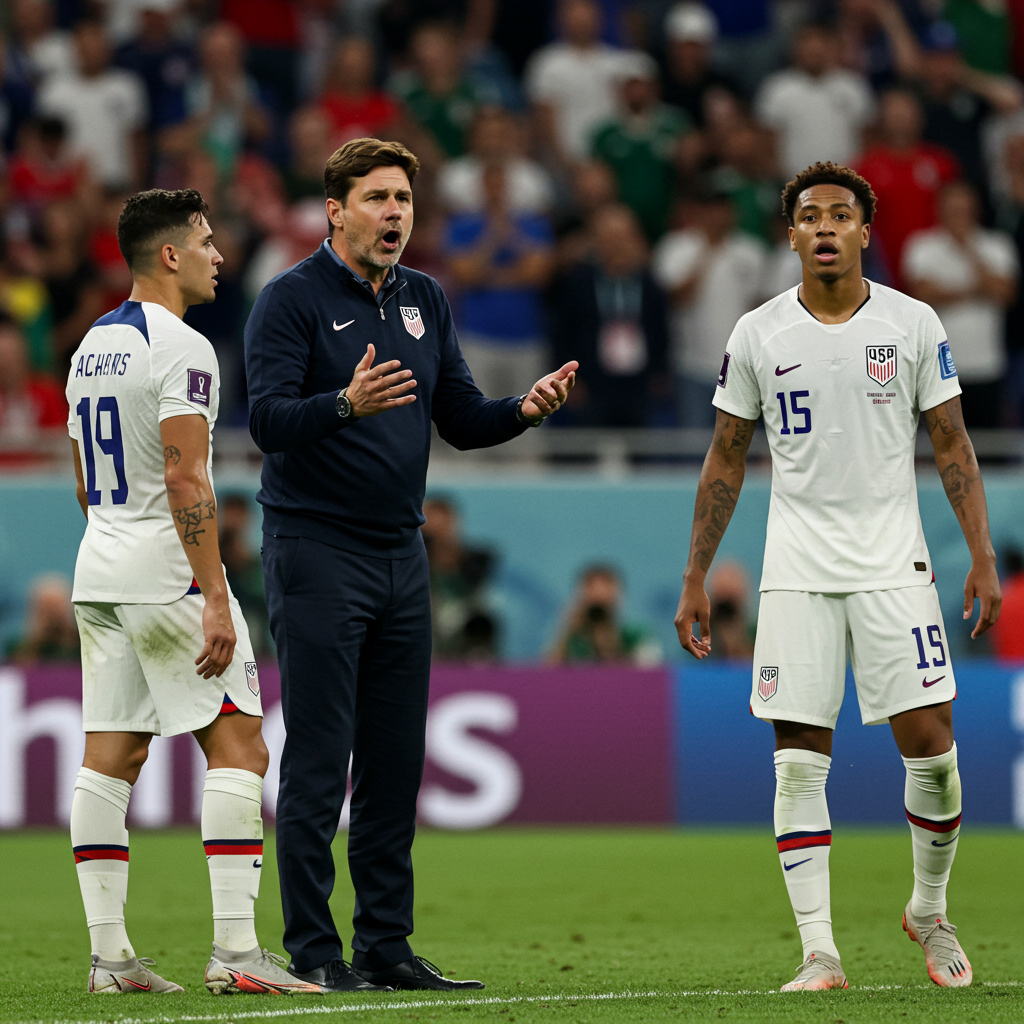Ace Bailey on Jazz Draft Surprise: ‘A Blessing,’ Addressing Concerns
The moment NBA Commissioner Adam Silver called Ace Bailey’s name at the No. 5 spot in the 2025 NBA Draft, it marked a significant turning point – not just for the Utah Jazz, but for Bailey himself. While many draft analysts had projected the highly-touted forward to go higher, even potentially in the top three, landing with the Jazz at No. 5 came as a surprise to some observers, and perhaps, even to Bailey.
A Surprise at No. 5
Reports leading up to the draft suggested that Utah was not among Ace Bailey’s preferred destinations, with some sources indicating his camp was targeting teams like the Washington Wizards, New Orleans Pelicans, or Brooklyn Nets in an attempt to find a situation with a clear path to stardom. Adding fuel to the speculation, Bailey notably chose not to participate in pre-draft workouts for any NBA teams, including the Jazz and the Philadelphia 76ers, who picked third.
This strategic gamble, aimed at influencing his draft position and team, reportedly contributed to his slight slide on draft night. However, NBA analysts like ESPN’s Jonathan Givony and Bobby Marks praised the Jazz for prioritizing Bailey’s undeniable talent despite his workout choices, arguing that teams can sometimes “over-evaluate” the workout process. Givony also later commented that despite initial appearances, the Jazz organization could prove to be an “outstanding place” for Bailey to develop.
Bailey’s Immediate Reaction
Moments after walking across the stage and shaking Commissioner Silver’s hand, the former Rutgers standout addressed reporters at Barclays Center in Brooklyn, offering his perspective on joining the Utah Jazz.
He described the selection as a profound moment. “Just a blessing,” Bailey said. “The little kid in me is smiling hard right now, because I know the hard work, the sacrifice, the blood, the sweat, the tears not just for me but my family put into this. The little kid in me is just smiling at me right now, so I’m just blessed to be here.”
Asked about the surprise nature of the pick and any perceived disappointment, Bailey offered a measured response. “I control what I can control,” he stated. “They feel how they feel. But my team and me, me focusing on basketball and them doing what they’re doing, so it happens.” This echoed comments he reportedly made prior to the draft regarding external speculation.
A poignant moment came when he spoke about his Rutgers teammate, Dylan Harper, who was drafted No. 2 overall by the San Antonio Spurs. “I almost shed a tear when his name was called like it was mine,” Bailey shared. “He’s a brother to me. That’s my day one… Hearing his name getting called, the sweat and tears he done made for himself, so I know it’s well deserved.”
Why the Jazz Made the Pick
Despite the pre-draft drama and whispers of preferred destinations, the Utah Jazz clearly saw something special in Ace Bailey. Jazz President Austin Ainge reportedly viewed Bailey as a “dream scenario” pick, citing his “joy and energy for the game” as a “breath of fresh air” the team needed.
Scouting reports and analysts consistently highlighted Bailey’s immense physical tools and raw, high-end potential. Standing around 6-foot-8 with a 7-foot wingspan and exceptional athleticism, he’s described as an “otherworldly shot maker” with an “absolutely incredible” high release point. ESPN analyst Jay Bilas called him a “big time shot-maker” capable of hitting difficult, contested shots, runners, and floaters at an “NBA-caliber.” While his three-point percentage stood at 34.6% in college, he showed strong proficiency in the midrange (46%).
Beyond scoring instincts, Jazz officials were reportedly impressed by his defensive effort, specifically his rebounding and weak-side blocked shots, which they felt were underrated aspects of his game. His potential as an “explosive wing with All-Star potential” and a “strong defensive motor” aligned with the Jazz’s need for high-upside talent at the wing position, a profile that fits within the organizational philosophy of building around dynamic, two-way wings, reminiscent of the team’s leadership’s past successes.
Acknowledging Development Areas
However, the same reports acknowledging Bailey’s vast talent also point to areas for significant growth. At just 18 years old (turning 19 in August), he is considered raw and still developing his basketball IQ. Concerns include a tendency to prioritize scoring, inconsistent defense, poor passing vision leading to infrequent assists, a weak handle, and being turnover-prone. Analysts noted his need to improve decision-making, shot selection, and free-throw shooting (69.2%).
These are viewed as typical challenges for a young player transitioning to the NBA, and the optimistic view is that with NBA-level coaching and maturity, these weaknesses can be refined. The Jazz coaching staff, led by Will Hardy, is seen as capable of maximizing Bailey’s unique skill set.
Fitting In With the Jazz
Looking ahead to joining the Jazz roster, which features a mix of young talent, particularly at the guard spot, Bailey expressed his outlook. “I feel like once I come in, it’s going to be a lot of work,” he stated, emphasizing his work ethic. “I feel like I’m a person that likes to work out a lot. I’m going to push my teammates to be the best they can be. I want to come in and be a leader as a young cat.”
His potential addition brings a desperately needed element of dynamic scoring and athleticism to the wing position. The Jazz’s other key draft pick, Walter Clayton Jr. (acquired via trade at No. 21), a 22-year-old mature guard, is seen as potentially balancing Bailey’s youthful exuberance, adding experience, shooting, and winning wisdom.
While the Jazz are reportedly looking to be active in the offseason and shopping veterans, the selection of a high-upside player like Bailey signals a continued focus on building for the future rather than immediate contention. For Jazz fans, Bailey represents the exciting potential for true stardom and a symbolic step forward in the team’s ongoing rebuild.
Beyond the Court
Bailey also touched on lighter topics, including his recent experience throwing out the first pitch at Citi Field. A former baseball pitcher and shortstop, he acknowledged his skills but admitted he could have thrown “a better strike.”
He consistently highlighted the pivotal role his family has played. Color-coordinated at the draft, their support, sacrifices, and pushing him have been “all of it” on his journey. “Without their support, I probably wouldn’t even be in this position right now,” he said.
Now that the intense draft process is over and he knows his destination, Bailey expressed relief and readiness. “Yeah, I’m glad it’s over,” he concluded. “I’m ready to play some basketball now. It’s just been a great journey. Me working hard, pushing myself physically and mentally, just getting prepared for the next level.”
While his knowledge of Utah and the Jazz’s storied history (Stockton, Malone) is still developing (“I don’t know a lot, but I’m learning”), Ace Bailey is ready to embrace the challenge and potential that comes with being the No. 5 pick for the Utah Jazz.


